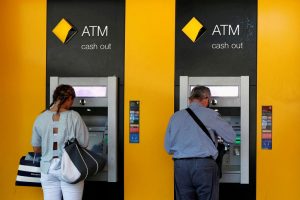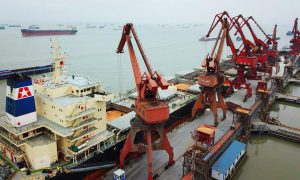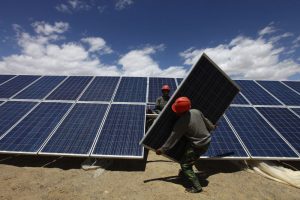Gross domestic product now exceeds 2019 levels, although rebound is likely to slow down in the quarters ahead
(AF) Australia’s economy has rebounded to pre-pandemic levels after growing a faster-than-expected 1.8% in the first quarter of the year as coronavirus restrictions eased.
The better-than-expected growth means the economy is now 0.8% larger than it was before the coronavirus was first detected in December 2019.
The Australian Bureau of Statistics reported on Wednesday that the consumer-led recovery was due to a surge in domestic spending and investment.
“Private investment has remained a fairly solid underpinning to growth in the last couple of quarters and with demand strengthening, we would anticipate further reasonable growth ahead,” Robert Carnell, head of Asia-Pacific research at ING, said.
Australia’s economy shrank in 2020, but recovered strongly late in the year as outbreaks were brought under control and virus curbs lifted.
The end of 2020 and early 2021 saw shops, bars and restaurants in most of the country remove remaining restrictions on the number of consumers they can host and many workers returned to the city centre.
DAMPEN GROWTH
However, economists said the pandemic still posed a risk to the recovery and would dampen growth.
“With the vaccination rollout still slow and a fresh lockdown in Melbourne, the recovery is set to slow,” Marcel Thieliant, senior Japan, Australia and New Zealand economist at Capital Economics, said.
As a result, domestic demand accounted for 1.6 percentage points of the gross domestic product (GDP) increase in the first quarter of 2021.
“GDP growth is likely to be driven less by recovery and stimulus in the coming quarters, and more by underlying growth prospects,” Carnell said.
The mining-heavy economy was also boosted by strong iron ore prices.
The Reserve Bank of Australia left historically low interest rates on hold on Tuesday and indicated that will continue until 2024.
With reporting by Agence France-Presse
























